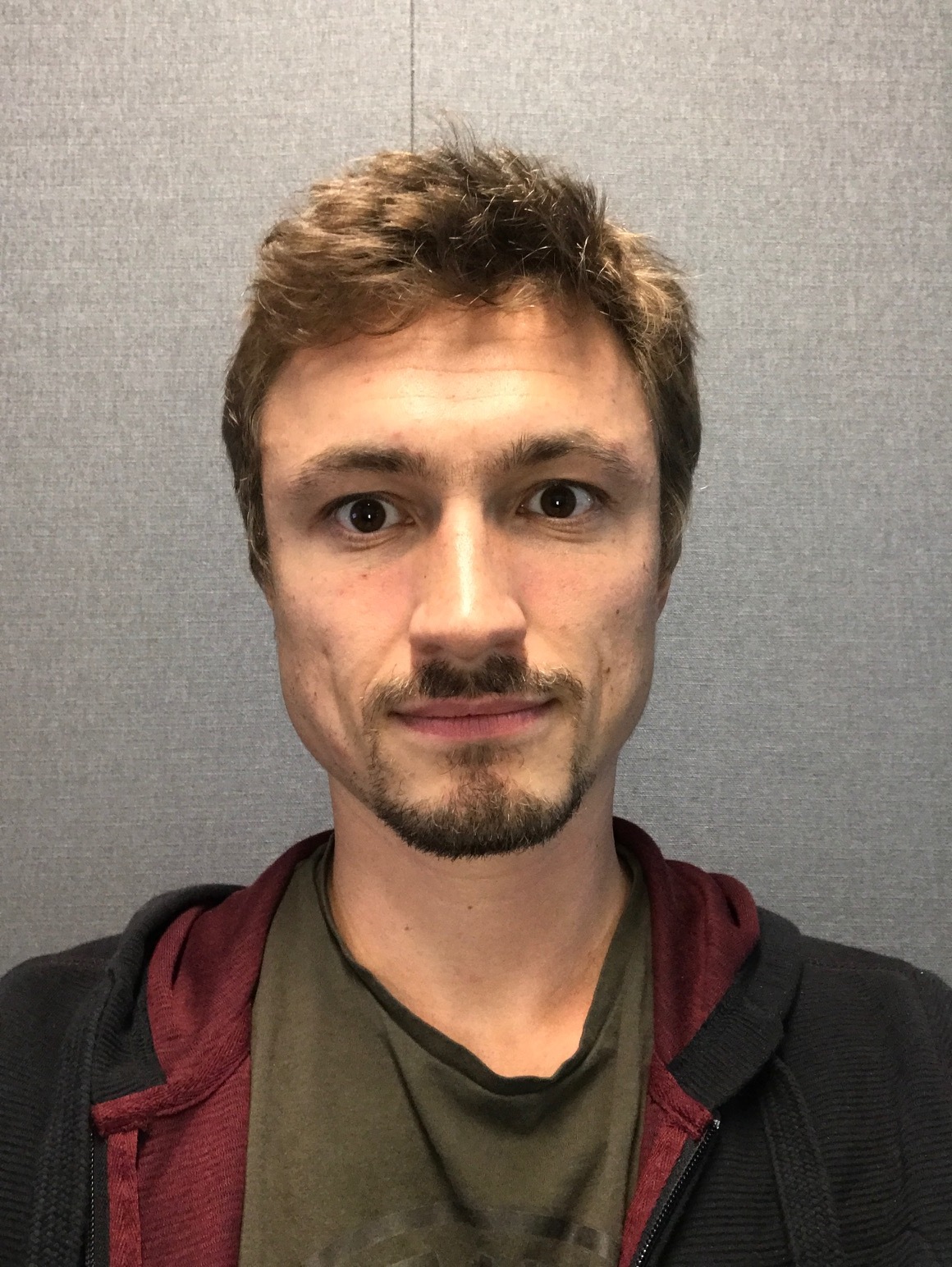Presentation: Automating Netflix ML Pipelines With Meson
What You’ll Learn
- What challenges you will face in orchestrating an ML based system
- How to leverage multiple technologies to increase the effectiveness of your ML and Data Science efforts.
Abstract
In this talk we discuss the evolution of ML automation at Netflix and how that lead us to build Meson, an orchestration system used for many of the personalization/recommendation algorithms. We will talk about challenges we faced, and what we learned automating thousands of ML pipelines with Meson.
What is your motivation for this talk?
We want to give a broader story on what it means to try to automate experience tests with machine learning; when you're dealing with tons of smart data scientists that want to try lots of things. How do you build the infrastructure that's lasting and provides value while you're getting this flood of new ideas and new technology that you need to support.
Who should come to your talk?
People who are familiar with the space or anyone curious about how we do orchestration at Netflix.
What can people come take away from this talk?
How you transition from the experimentation phase into the production phase. That's dealing with the issues of the day to day workflow of a data engineer. And that effort doesn't have necessarily an easily measurable metric like runtime or prediction accuracy. Those are the kinds of problems that we often have and in some ways they have a bigger impact on the ability to actually leverage ML at scale, not whether or not you can run a giant neural net.
What keeps you up at night?
Are there fundamental abstractions in how we think about modeling a pipeline? Because words like workflow and pipeline are sort of thrown around very interchangeably and I stay awake at night thinking about like where are the real seams here?
When you're interacting with an orchestration system like this, oftentimes so many things are sort of intertwined and braided together that you can't really tease out why it works the way it does. What are sort of the key pieces of how to actually construct these things especially in such an evolving space?
Similar Talks
Linux Foundation's Project EVE: A Cloud-Native Edge Computing Platform

Co-founder, VP Product and Strategy @ZededaEdge & Member Board Of Directors for LF Edge @linuxfoundation
Roman Shaposhnik
Machine Learning on Mobile and Edge Devices With TensorFlow Lite

Developer Advocate for TensorFlow Lite @Google and Co-Author of TinyML
Daniel Situnayake
Self-Driving Cars as Edge Computing Devices

Sr. Staff Engineer @UberATG
Matt Ranney
License Compliance for Your Container Supply Chain

Open Source Engineer @VMware
Nisha Kumar
Observability in the SSC: Seeing Into Your Build System

Engineer @honeycombio
Ben Hartshorne
Evolution of Edge @Netflix

Engineering Leader @Netflix
Vasily Vlasov
Mistakes and Discoveries While Cultivating Ownership

Engineering Manager @Netflix in Cloud Infrastructure
Aaron Blohowiak
Optimizing Yourself: Neurodiversity in Tech

Consultant @Microsoft
Elizabeth Schneider
Monitoring and Tracing @Netflix Streaming Data Infrastructure

Architect & Engineer in Real Time Data Infrastructure Team @Netflix

